CHICAGO — More layoffs are coming at Union Pacific as traffic volume continues to fall amid global trade disputes, tougher competition from trucks, and the ongoing slide in coal.
By the end of the year, UP expects its workforce to be at least 18% below the levels of the fourth quarter of 2018, Jennifer Hamann, senior vice president of finance, told an investor conference today.
That translates into a cutback of nearly 2,500 positions in the final three months of 2019, which would bring total headcount at UP to around 34,191. Overall this year, UP will have cut 10% of its workforce due to the combined impact of volume declines and efficiency gains under its shift to Precision Scheduled Railroading.
Through Nov. 4, UP’s fourth-quarter traffic volume is down 11%, and 5% for the year to date.
Energy traffic, which includes coal and frac sand, is down 19% for the quarter. Premium traffic, which includes intermodal and automotive, is down 15%, although auto volume is expected to bounce back as General Motors ramps up production after the United Auto Workers strike. Agriculture shipments are down 3%, but could improve if China buys more U.S. products.
Industrial Products volume is up 2%, largely due to increased plastics and construction-related traffic.
UP maintained its financial guidance for the year, along with its operating ratio targets of a sub-61% operating ratio this year and a sub-60% operating ratio next year. Hamann says UP’s 55% long-term operating ratio target depends on achieving volume growth, price increases, and productivity gains. “We want to grow to 55. We don’t want to have to save our way there,” she says.
UP has ratcheted back capital spending by $100 million, and now plans to spend $3.1 billion for the year.
Chief Operating Officer Jim Vena says UP’s lower cost structure and improved service will enable the company to better compete against trucks and other railroads. Vena says he’s pleased with the progress UP has made on several key metrics, including trip plan compliance and car miles per day, but that much remains to be done.
Vena, the former Canadian National operations chief who came out of retirement to join UP in January, says he expects to make major operational changes again in 2020. This year UP idled the humps at four classification yards, consolidated yard operations in several key terminals, and has been moving tonnage on fewer but longer trains.
The railroad had 2,700 locomotives — roughly a third of the fleet — in storage at the end of October, which was up 100 units from September, Vena says.
UP will be changing the way it measures average train speed and terminal dwell, Vena says, and will restate last year’s numbers to conform to the new metrics.
It was not immediately clear if UP will begin using the same metrics as Canadian National, Canadian Pacific, and CSX Transportation. A UP spokeswoman did not immediately return an email seeking comment.
Hamann, who will become chief financial officer on Jan. 1, and Vena spoke at the Baird 2019 Global Industrial Conference.







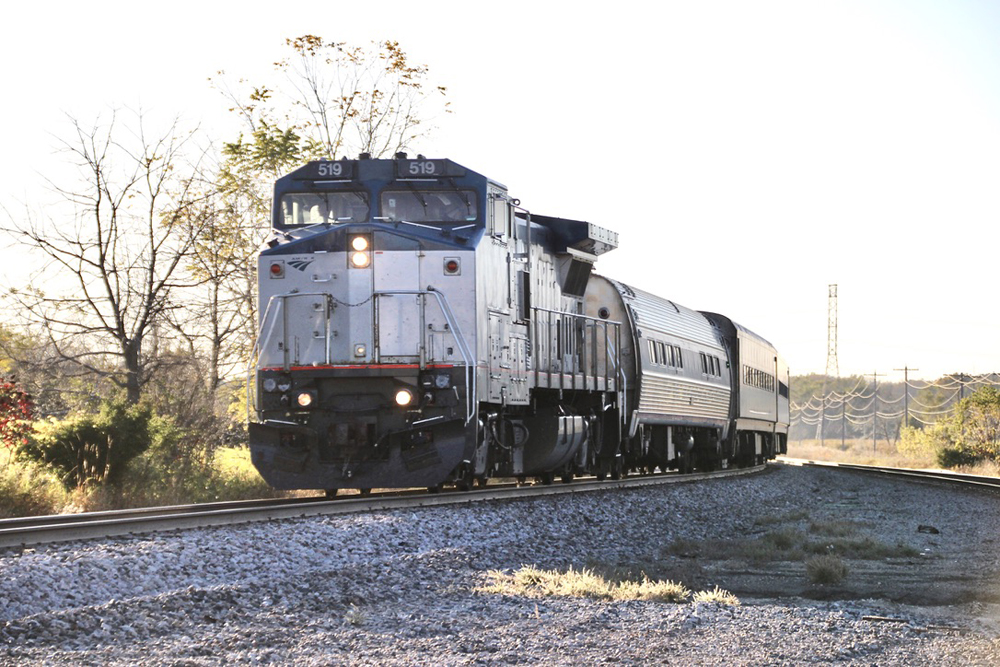

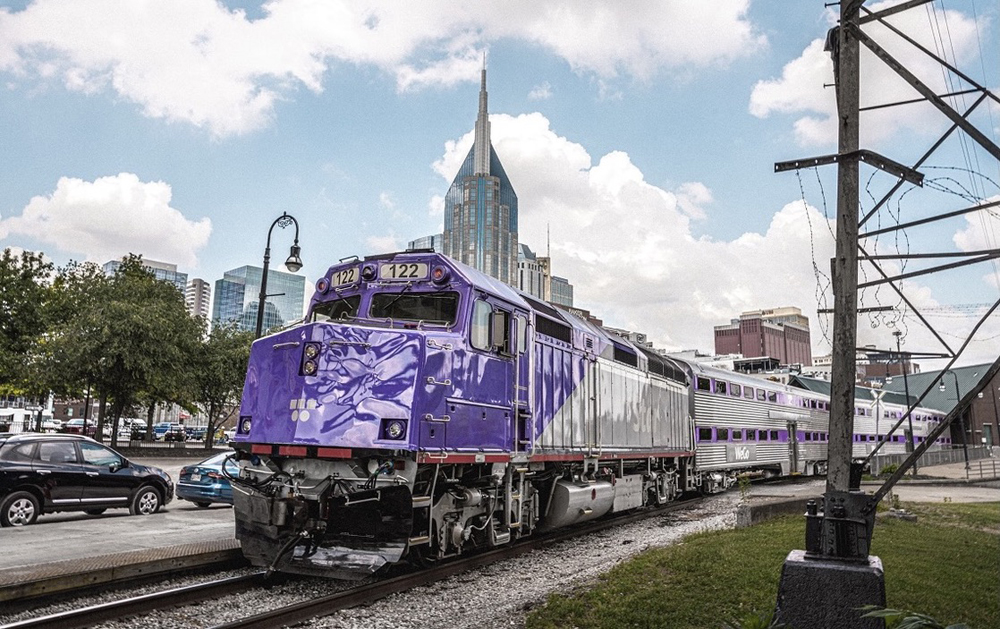
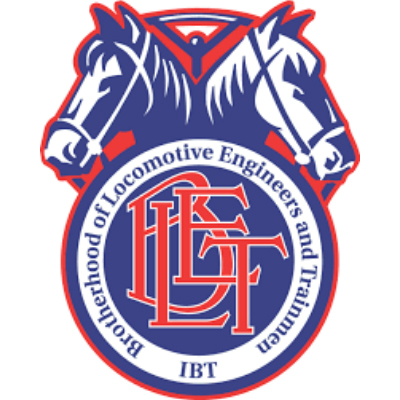
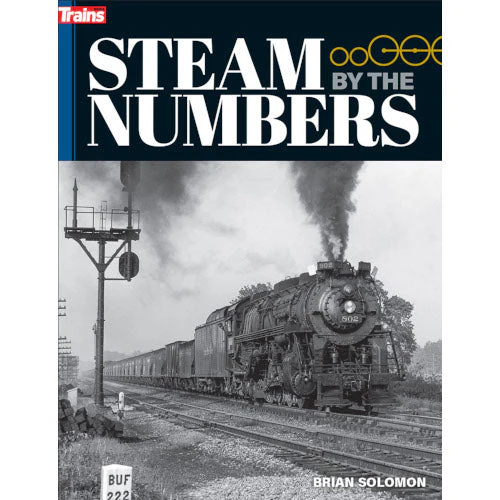


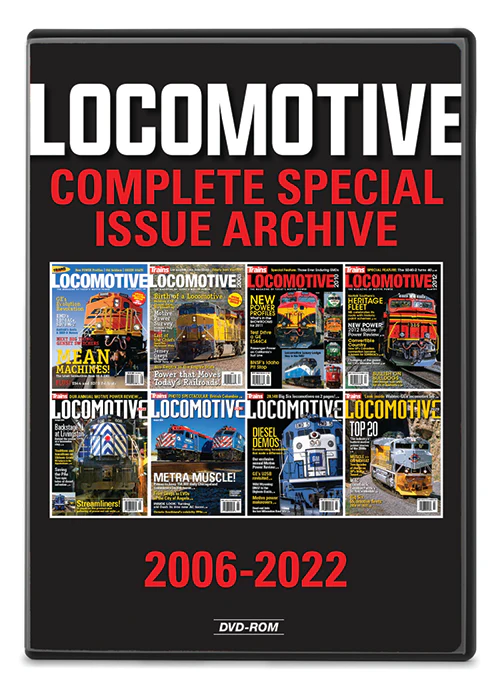
Since UP is laying off more operating employees and putting more locos in storage, THEN it is time to remove at least 25% of the management positions to get even more savings since there are less people working and loco maintenance and servicing being done.
The railroad business will not be growing again until truck capacity is extremely tight. It is too bad the suits don’t drive rates down to challenge trucking. Just not going to happen anymore. The will always be business for bulk freight, but as a dynamic industry forget it unless new buyers come along.
Railroads are not the only industry doing this for the last 30 or so years; the difference is that can’t off shore their operations. So don’t think the stock’s a long term hold.
To shareholders of UP, the stock looks good, dividends are still decent. In fact, most analysts have UP as a “buy”. But the numbers from what is happening out in the field are troubling, and if the suits and bean counters think they can grow the franchise with price increases and productivity gains, good luck. UP is slowly, almost imperceptibly, dying. Who is going to buy the mothballed locomotives? What will UP do with the thousands of miles of route-miles no longer needing second and third mains, or the parallel one-way mains in the south-central US? The self-inflicted collateral damage is obvious and will only continue. An acquaintance of mine, a 20-plus year employee of UP, told me “things are not good, they stink”!
Last month, I forget the service in transportation, that in key lanes, intermodal rates were at or a bit higher than trucks. Regardless, I think, like you have stated, it may make no difference if the service factor for railroads remains bad to worse than trucking. It has been that way for decades. For the most part, railroad intermodal is either bulk, such as international or domestic that in many instances is not time sensitive with UPS as an exception. I agree mostly however with your assessment of the overall situation. Yes, it looks, whether we like it or not, that the industry is moving towards Kneilings’s prediction. I wonder what he would think of today’s events. I think for a lot of people inside or outside of the industry, the railroads are leaving a lot on the table. Too, as a transportation policy, the country is going to experience much more gridlock on the highways. Electric and driverless trucks will not solve the gridlock problem, something that is figured into the transportation cost, but is well hidden.
I think too, your comments about new mergers is right on. What surprises me, that other than EHH’s attempt some years ago, that other efforts have not been proposed. As the commodity sector such as coal, sand etc. diminishes, I think the railroads have to merge. Maybe that is what PSR will prepare them for. It is something that should have occurred decades ago. It is the only major form of transportation that other than run through trains, has no transcontinental service under one flag. Amtrak came the closest when operating its mail and freight, but the service was doomed in the manner it was handled and the impediments embedded into the operation.
@Robert Ash: I believe rail i/m rates are already lower than truck, so reducing rates may not bring back lost business.
The loose-car manifest business has been in decline for years, as the recent Trains magazine article discussed. Chemicals and crude oil are supporting the manifest traffic numbers – when they are eliminated, the decline is precipitous.
Railroads are moving further towards unit-train and long-haul volume business, as John Kneiling discussed years ago. Customers prefer the service provided by trucks for that business segment. It is not rail rates that are the issue, but rather, rail service.
As railroads look to reduce costs even further, the likelihood of transcontinental mergers increases. Once implemented, the nationwide authority of rail business may increase, unimpeded by the barriers of artificial River gateways.
GREATERGOOD.COM —— 20 years —— $60 million.
A successful charity search engine and SCHOLARSHIP AMERICA
All good comments. Funny you never hear about these suits going after new business and increasingly velocity of their railroads significantly. It is easier to cut cut and cut some more. It is a business model of becoming more irrelevant in the transportation scene.
Funny that some head hunter banner add is blaring out the UP is hiring…
I see this as something of a convoluted good news / bad news situation. Omaha would rather put railroaders out of their jobs than adopt a competitive pricing package for IM that puts truckers out of theirs.
It would be very interesting to see what kind of compensation incentives UP’s senior management will receive if Ms. Hamman’s intended 55 OR is achieved.
“We want to grow to 55”
You don’t grow your railroad to achieve an operating ratio target. You let it fade into oblivion. Good job, UP. Aim for zero, you probably know how to get there already.